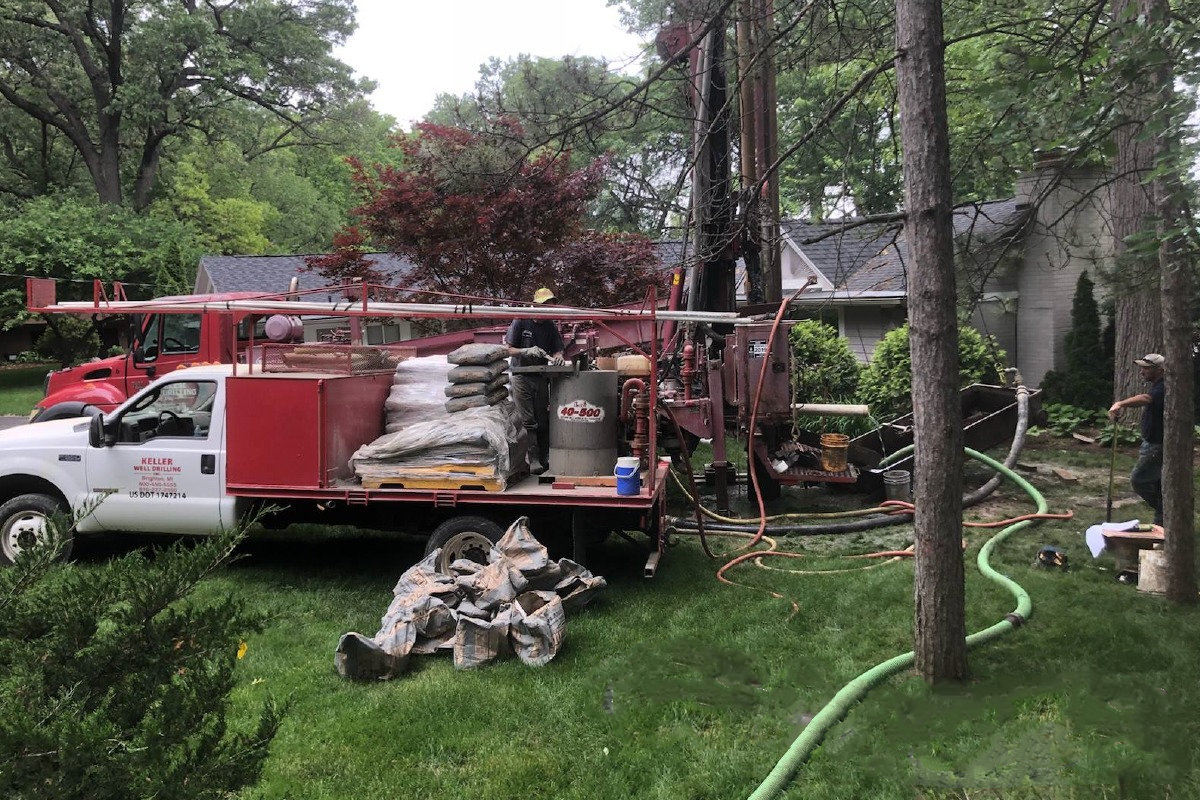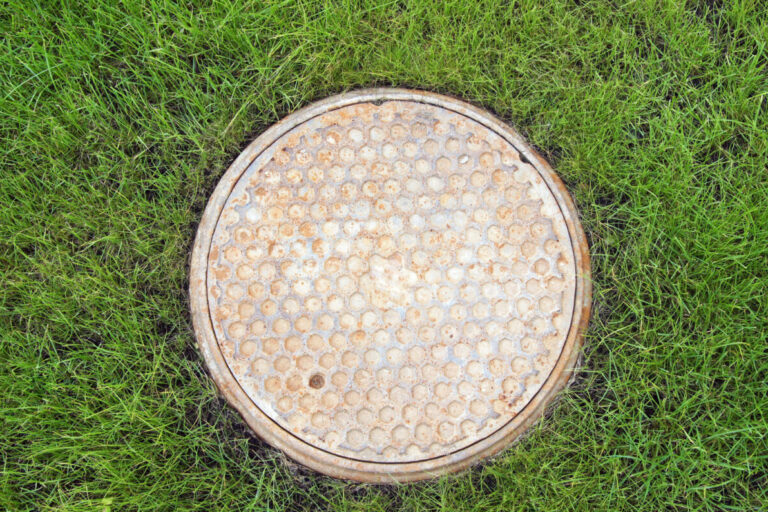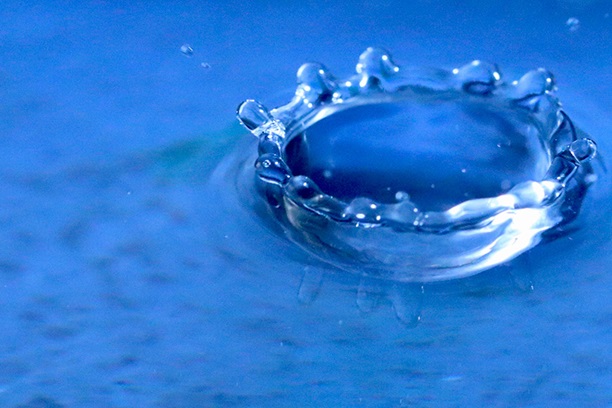How Does a Water Well Drilling Rig Work?
A water well is created through the use of a piece of machinery called a water well drilling rig. Click here to learn how it works.
Are you looking for a way to get clean, safe drinking water? Having a private well on your property may be the answer for you. You may be wondering what having a well dug on your property entails.
To enjoy the benefits of a private well means that a water well drilling rig will come out to your property and drill your water well. We know you will have questions about the process. So, we have the answers for you in this guide that will teach you everything you need to know.
You will learn how the machinery creates a water well, what the drilling rig looks like and how it operates. Read on to learn more about the benefits of having your own water well and how to have one drilled for your home.
What Is a Water Well Drilling Rig?
A water well drilling rig is a large piece of machinery that a truck brings to the location and sets up where the hole or the well will get drilled. Drilling rigs can be either “pounders” or “rotary drillers,” which raise and lower a heavyweight in a process known as “cable drilling.” Cable drilling punches holes in the ground.
A rotary drill rig uses a variety of bits. The most popular kinds are interlocking steel bits or long cable bits. Both will drill into the ground and remove the dirt by rotating in a clockwise motion.
The bits rotate while lifting the rock to the surface. The drilling company uses mud or water to keep the drilling bits cool since the rotating bit often becomes hot.
Reaching an underground water supply or deep aquifer is the aim of well drilling, but the process doesn’t end there. The well drilling company will keep drilling below the water table to guarantee a sufficient supply and a long life for the well.
Bedrock wells are often around 100 and 500 feet deep. However, they can go deeper than 500 feet.
What Does Water Well Digging Entail?
The process of drilling a well in the past involved penetrating the earth at far depths with buckets and shovels until you reached groundwater. There are multiple ways and techniques available today that a well drilling company can use to give homes a dependable source of water for several years to come.
As time has progressed, so have the methods of well drilling. Here are some of the tools and techniques you will see used while having your water well dug for clean drinking water on your property:
The Leveling Jacks
The well contractor will use special feet, or drilling jacks, attached to the drilling rig to ensure it is level once it is in place. To guarantee that the well is dug completely straight, leveling is essential. The first drill rod is then placed to start drilling once elevating the derrick.
The Drill Rods
The drill rods penetrate the earth in intervals of 20 feet. To reach the bedrock, they first drill through the overburden, which is soil, clay, rock, and other materials.
This process requires time because overburden can range from a few feet to several hundred feet. Until the drill hits a usable aquifer, drill rods will get inserted every 20 feet until locating groundwater.
The Derrick
When it’s time to drill, the well drilling company extends a derrick. A derrick is like a crane and holds and controls the drill rods. When the derrick extends it can reach around 40 feet high.
The drill rods are then fed into the borehole as necessary by the derrick. Drilling rigs can often pull back and pulldown up to 25–40,000 pounds each. The amount of force needed to pull the drill string out of the hole is the pullback.
When the drill becomes stuck, the extra pulls the drill string back up through the borehole. The force used while drilling is the pulldown.
The Drill Rod Mast Carousel
Drill rods in the carousel must always align with the rotation head. This technique uses a carousel attached atop the drill rig mast or boom. Drilling businesses often equip their trucks with either a 10-rod or 15-rod carousel.
The Drill Bits
Diamond bits are strong, robust bits that cut through dense formations in a quick and efficient manner. Drag bits are for soft shale, pea gravel, and hard clay. Tricone bits are for gravel and hard-rock formations.
The Mud Manager and Mud Pump
The mud manager has a shaker attached to it. The function of a mud manager is to shake and separate the cuttings from the water.
While the water is returning to cool the drill bit and rods, the clippings remain above ground. Drill fluid gets forced out of the borehole and down the drill rods using a mud pump.
The Well Casing
Similar to drill rods, the casing inserts the hole in 20-foot sections. The casing influences the total effectiveness of your well. The purpose of the casing is to prevent the overburden from leaking into your well and tainting the water.
The casing will stick out of the ground a few feet after installation. This will prevent dirt and surface water from entering the well.
Casings will also help prevent the well from freezing during the winter months. While some reliable drilling firms prefer to attach the casing as they drill, others may decide to wait until they finish the drilling.
The Bucket Rig and Water Trucks
In bucket drilling, sediments are repeatedly chopped and lifted from the borehole using a cylinder-shaped bucket with teeth or cutting blades fixed on a hinged bottom. To reach the correct drilling depth, this procedure is repeated as necessary.
In places where subterranean aquifers produce very little water, a bucket well is often advised. The water truck transports both the water required for drilling as well as any other equipment and tools needed for the job.
Keeping Your Water Source Clean
Maintaining a reliable water supply is a worry for many people. Filters must be installed to stop debris, dirt, and other surface impurities from entering the water supply down at the bottom of the well.
Additionally, these filters stop bigger particles from entering the water pump. A screen is inserted in the well at the bottom of the casing once drilling is finished. At the bottom of the well, gravel is also used as a natural filtration medium.
Do You Want Clean Drinking Water From a Private Well?
A water well drilling rig will give you the private well and reliable water source you need. We can help! We take pride in what we do at Keller Well Drilling, and our pride shows.
Since 1980, Keller Well Drilling has stood head and shoulders above the competition when drilling water wells in Michigan. We drill wells that optimize groundwater yields and generate the best quality water because we have the experience and skills to identify the optimum spot to drill for water.
You can count on us. Contact us or check out our Blog section for helpful information.




